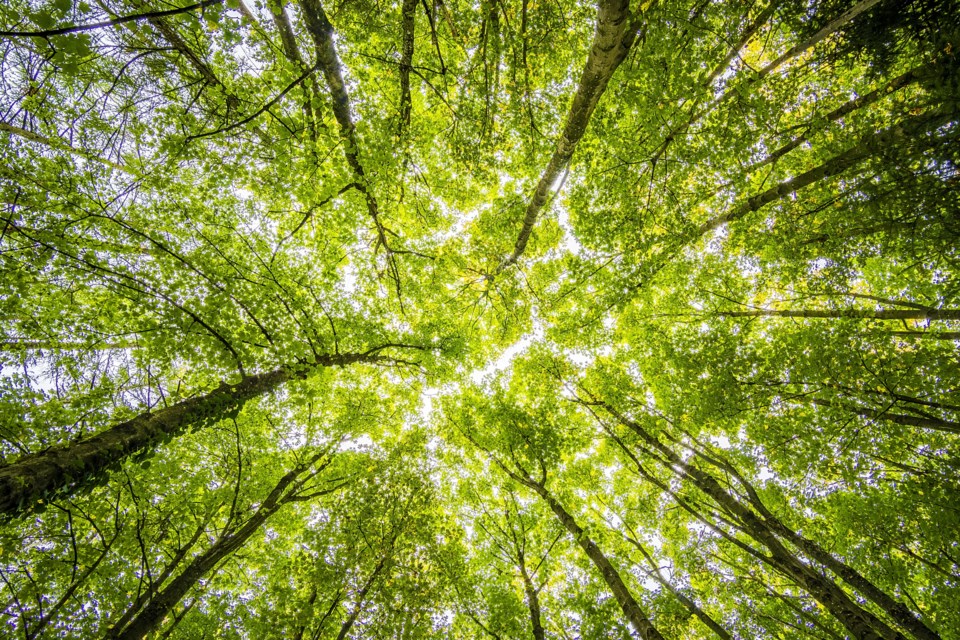InnisfilToday welcomes letters to the editor at [email protected] or via the website. Please include your full name, daytime phone number and address (for verification of authorship, not publication). The following letter from local planning consultant Bob Lehman is about ongoing concerns around the Greenbelt.
We have heard a lot about the Greenbelt in Ontario over the last several months. Here is my perspective:
The Greenbelt is 809,400 hectares in size, about the size of Algonquin Park. The overwhelming majority of this land is held privately, as contrasted with the Ottawa Greenbelt, which is owned by the federal government.
This Greenbelt is home to 1.7 million people. The population of the Greenbelt will continue to grow in the future. King City, Caledon, East Gwillimbury, Georgina, Whitchurch-Stouffville, Scugog, Uxbridge, Orangeville, Grimsby, Waterdown, and Niagara-on-the-Lake are entirely in the Greenbelt, as are parts of Aurora, Newmarket, Richmond Hill, Vaughan, Markham, Halton Hills, Clarington, Burlington, and Milton.
All of these municipalities have lands in the Greenbelt designated for additional population growth.
Last December, the government removed 2,960 hectares from the Greenbelt, which is 0.4 of one per cent of the total Greenbelt area. If developed, these lands could house about one year’s population growth in the Greater Toronto Area.
The Niagara Escarpment Area and the Oak Ridges Moraine are unique and important features of vital importance to Ontario’s ecosystem and environmental health. Both areas are in the Greenbelt and are protected by their own Act of the legislature, separate from the Greenbelt policies.
Outside of the escarpment and moraine areas, the landscape inside the Greenbelt is indistinguishable from the lands outside of the Greenbelt. There are communities with suburbs, some with high-density development, that will continue to grow.
There are large rural areas, well-forested and much of it in agriculture. Its wetlands, forests and fields are typical of the other seven million hectares of land in southern Ontario, south of the Canadian Shield. It is a buffer rather than a magical forest.
As a buffer, the Greenbelt is a useful and functional one created by planning policy. There is no mystery to the boundaries; they are reasonable and pragmatic, but not immutable. The boundary is a only line on a map.
Bob Lehman
Barrie
